Nathan Frei first noticed the persistent ringing in his ears shortly after he returned from training with the US military.
“I thought it was a noise from some electronic gadget and started looking around my apartment to find it. But then I realised the ringing was in my head,” says the 35-year-old former infantry officer from Langley, Washington.
Frei was diagnosed with tinnitus and now, almost a decade later, is one of 230,000 personal injury claimants who are suing the Minnesota-based conglomerate 3M, which they allege sold the army faulty Combat Arms earplugs that caused their hearing loss.
This is the largest mass tort litigation in US history. Mass tort litigations are held in civil courts and involve numerous claimants who allege to have been wrongfully harmed by a defective product or drug. Unlike a class action, in which multiple plaintiffs join a single lawsuit, each plaintiff in a mass tort is treated as an individual.
But the claims against 3M may never be heard in court if the conglomerate succeeds in deploying a controversial bankruptcy strategy aimed at halting the litigation, which analysts estimate could cost the company tens of billions of dollars.
The conglomerate, which denies its earplugs were faulty and caused hearing loss, is following a recent trend whereby US corporations make use of the bankruptcy court not because they are insolvent but to manage tort claims.
3M is following in the footsteps of healthcare group Johnson & Johnson, which last year utilised a similar but slightly different bankruptcy scheme, known as the “Texas two-step”, in a bid to shield itself from almost 40,000 claims that its baby talcum powder caused cancers. J&J denies its products harmed people, and did not respond to a request for comment.
The strategy got its catchy name from a Texas state statute that allows companies to split themselves into two separate entities and ringfence all legal liabilities into one of them.
The companies’ legal teams claim the Texas two-step and other similar loopholes can be positive for plaintiffs, as settlements can be reached more equitably and more quickly. They argue the mass tort system is broken, posing grave financial risks to companies, and no longer an efficient forum to deliver justice to victims.
But tort lawyers say bankruptcy schemes deployed by solvent corporations are an abuse of bankruptcy courts, and deny wronged people their right to trial by jury. Far from hastening a settlement, they argue, the bankruptcy process puts the tort cases on hold, thus removing a key incentive for companies to come to the table to negotiate a settlement.
“These companies are weaponising the bankruptcy system against mass tort victims and the standard legal mechanisms used to compensate people who are injured by defective products,” says Adam Levitin, a professor of law at Georgetown University.
The legal manoeuvre has attracted criticism from Congress. In February, Senate Democrats said they were drafting a bill to outlaw the Texas two-step and similar schemes. Senate judiciary committee chair Dick Durbin called it a “get out of jail free card” for large corporations.
Now the courts are set to weigh in. The bankruptcy schemes being used by a pair of defendants — J&J and 3M — are the subject of high-stakes litigation that experts say could determine how mass torts are handled in the future. “If [the companies] succeed,” says Levitin, “it would open the flood gates for others to follow suit.”
What’s in it for companies
Companies have used the bankruptcy process to manage large tort liabilities in the US since the early 1980s, when insulation manufacturer Johns Manville Corporation filed for Chapter 11 — the section of US bankruptcy law that permits restructuring of assets, debts and other affairs — to help it reorganise in the face of $2bn of claims related to asbestos.
The strategy enables companies to reorganise their business, keep their doors open and estimate their total tort liabilities without the disruption caused by defending multiple civil lawsuits. Litigation is typically placed on hold during the process and all cases are drawn into a single forum that is overseen by a bankruptcy judge.
If claimants agree a settlement with the debtor over the tort claims, then the company, and in certain cases third parties, can gain protection from any future lawsuits related to injuries allegedly suffered by people.
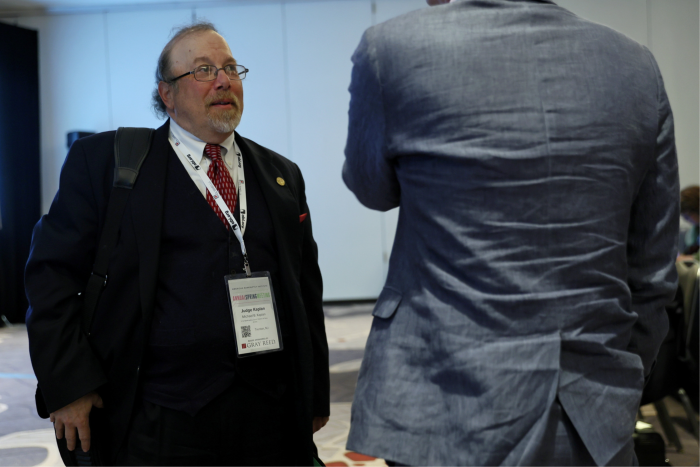

One of the biggest proponents of using bankruptcy to handle mass torts is Jones Day, a Cleveland-based law firm that devised the Texas two-step scheme deployed by J&J.
It lauded the scheme as “the greatest innovation in the history of bankruptcy” at a legal conference in Washington in April, during which it explained how J&J was anticipated to face a torrent of talc litigation over the next 50 years.
“What do you do about that as a company, no matter how big you are?” asked Greg Gordon, the Jones Day lawyer who has litigated all four Texas two-step Chapter 11 cases.
The first of these cases was filed in 2017 by Georgia Pacific, a subsidiary of privately held Koch Industries which still faces billions of dollars of asbestos claims. French cement group Saint-Gobain, Trane Technologies and J&J all followed when hit with a swath of asbestos-related tort cases.
The scheme utilises a business-friendly divisional merger law introduced in 1989 in Texas, which enables companies to divide their assets into assets and liabilities. They then place the entity facing all the tort claims into Chapter 11 and ask a judge to pause all cases against both the subsidiary and the parent.
The Texas two-step and related strategies, such as the one used by 3M, enable the parent companies to remain free from restrictions commonly associated with the bankruptcy process, such as withholding dividend payments to shareholders.
In each case, the company established a trust designed to pay out settlements to victims that are agreed during mediation within the bankruptcy process.
What’s in it for claimants
The companies who utilise bankruptcy to settle mass tort cases frame it as advantageous for claimants who otherwise have to navigate complex legal mechanisms to seek compensation.
Gordon told the Washington conference the tort system was “literally a lottery for claimants” and the “large majority” lost.
Mass torts are typically handled in so-called multidistrict litigation (MDL), introduced by Congress in the late 1960s to streamline the process by consolidating individual lawsuits filed in federal courts into a single court.
In MDLs, a single judge oversees a process that facilitates a number of “bellwether” trials, which can be used as a guide by defendants and claimants towards how much the overall potential liability and global settlement might be.
How the Texas two-step works
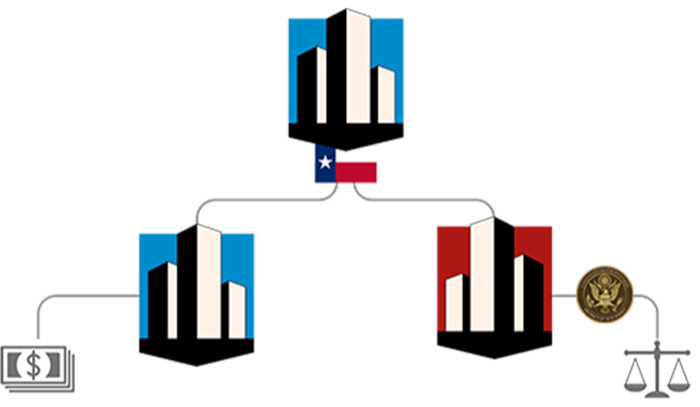

-
Company A uses Texas’s divisive merger statute to split itself and create a new subsidiary, Company B
-
Company A transfers legal liabilities to Company B
-
Company B files for Chapter 11 bankruptcy. It may move to a more favourable jurisdiction
-
The mass tort litigation is put on hold by the bankruptcy process. Company A is free to continue with its business and pay dividends to shareholders
Prior to deploying bankruptcy schemes, 3M and J&J were both involved in MDLs. The judge overseeing the 3M case had dismissed about 50,000 of the 280,000 claims and organised 16 bellwether trials to try to set the parameters for a global settlement. Plaintiffs had won 10 of these, and juries had awarded almost $300mn to claimants.
In court documents justifying its bankruptcy manoeuvre, 3M said the litigation had become a “lottery” whereby some of the 230,000 claimants against the company would receive outsized awards from juries swayed by emotional testimony and “outright false” claims, while others got nothing.
Bankruptcy, however, could provide an “equitable, timely, and certain ending to this behemoth litigation”, it claimed.
“Most of those folks, if we stay in the MDL process, aren’t going to have their claims heard or addressed for a long time,” says Eric Rucker, 3M vice-president, associate general counsel, litigation. “It would take many, many years or decades to do it.”
Claimants did not see it that way. After a 3M subsidiary liable for the litigation filed for Chapter 11 in July, halting all cases against the company, a storm of controversy broke out.
Veterans’ groups slammed 3M, accusing the company of “betraying” military personnel for a second time by using the bankruptcy court to avoid accountability to members.
Some claimants say the uncertainty over the future of the tort cases has increased their stress and frustration as they seek redress. “I think it’s a dirty move,” says Lakobi Hopson, a 39-year-old Iraq war veteran who claims 3M’s distinctive yellow and black earplugs, nicknamed bumblebees by troops, caused his tinnitus.
Hopson, who is from Arkansas, wants his case heard before a jury. “We decided to defend the country,” he says, “and the fact that [3M] would use us for profit and then throw us away, again, based on profit is disgusting.”
Claimants’ lawyers accuse 3M of “forum shopping” — trying to choose a court that will manage their claims in a more favourable manner — because it is losing its arguments in court.
“3M is attempting to game the system,” says Bryan Aylstock, a court-appointed lead counsel representing earplugs litigants. “Asking the bankruptcy court to halt cases is a strategy to gain an unfair advantage.”
Judge Casey Rodgers of Florida, who spent three years sorting through almost 280,000 earplugs claims as overseer of the MDL process, was scathing in her own assessment of 3M’s bankruptcy scheme.
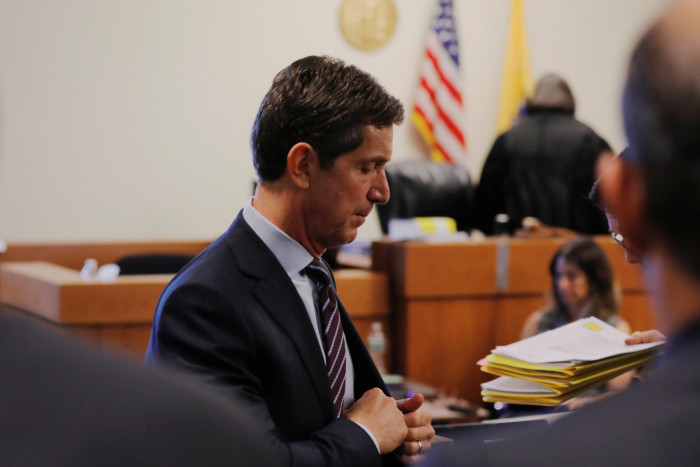

“If successful, hundreds of thousands of individual plaintiffs will be deprived of their constitutional right to a jury trial while 3M — a fully solvent and highly profitable Fortune 500 company that will never actually file a bankruptcy petition itself — will reap all the benefits of the bankruptcy system without the attendant burdens,” she said in an August ruling.
But 3M’s strategy is in danger of unravelling following an August 26 ruling by Judge Jeffrey Graham, who is overseeing its subsidiary’s bankruptcy in Indiana.
Judge Graham refused a request to halt all earplugs litigation against 3M, paving the way for the continuation of trials, which would undermine the rationale for its bankruptcy manoeuvre.
The company has since been granted leave to appeal, but Aylstock says Judge Graham’s ruling is “hugely significant” and would give solvent companies pause for thought before they attempt to “pervert the bankruptcy system” in the future.
An upcoming ruling in an appeal by talc claimants against J&J’s use of bankruptcy would be another important moment, he adds.
The benefits of bankruptcy
Legal experts are divided on whether 3M’s initial legal defeat will blunt companies’ use of bankruptcy schemes to handle mass torts — and whether this would be a positive or retrograde step.
Supporters of the bankruptcy option point to the dismissal by a New Jersey judge of an initial appeal by talc claimants against J&J’s use of the Texas two-step scheme.
Judge Michael Kaplan concluded the bankruptcy court was the “optimal venue” for redressing the harms of present and future talc claimants and would ensure a “meaningful, timely, and equitable recovery”.
“Maybe the gates indeed should be opened,” wrote Kaplan in his February judgment. “There is nothing to fear in the migration of tort litigation out of the tort system and into the bankruptcy system.”
An appeal against Kaplan’s ruling concluded last month and a verdict is expected in coming months.
Bankruptcy can indeed benefit claimants when compared to fighting cases in MDLs, say some legal experts. “There are a lot of great features of bankruptcy that don’t exist outside of the process. You can have this accelerated resolution and really a great outcome for victims,” says Samir Parikh, a professor at Lewis & Clark Law School.
MDLs are less effective in resolving mass torts, Parikh says, where liability is disputed and there could be significant numbers of future victims. Because MDLs can only resolve claims pending in federal court, it does nothing for those who suffer harms from defective products or drugs much later. In most MDLs, only a small fraction of cases are heard before a jury — meaning most claimants do not get their day in court.
At the same time, because MDLs cannot offer a comprehensive settlement with the possibility of finality, defendants are disinclined to put forward their best and highest settlement offer.
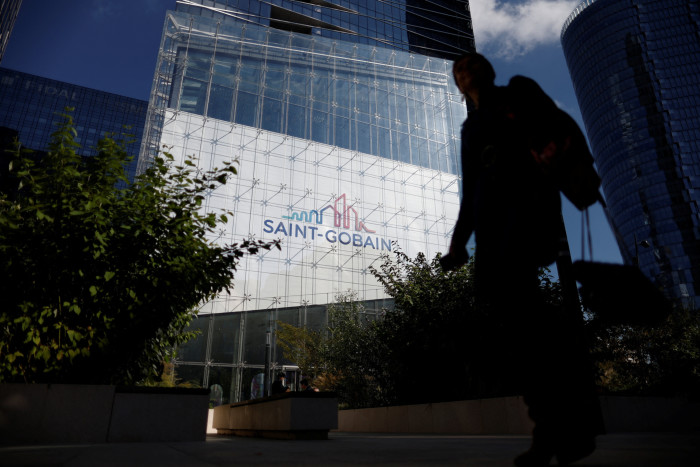

Chapter 11, however, provides the option of securing a global settlement whereby all claims are channelled to a trust established for the sole purpose of compensating victims, says Parikh.
The problem with the likes of 3M and J&J isn’t merely the use of Chapter 11, he says. “The problem is a number of these mass tort defendants have tried to have their cake and eat it too and have muddied the waters by trying to access the bankruptcy system on their own terms,” he says.
Delay, delay, delay
Although proponents of bankruptcy strategies say they can theoretically provide a speedier resolution for claimants, that is not always the case in practice.
So far, the law firm Jones Day has raked in more than $70mn in court-appointed bankruptcy fees related to the four Texas two-step cases it has litigated, but as of yet no money has been paid out to claimants.
Clay Thompson, a lawyer who represents claimants who allege J&J’s baby talc caused their cancers, says the bankruptcy scheme deployed by the company had delivered a “financial windfall” to shareholders, bankruptcy experts and professionals. But money is not going to victims, he adds.
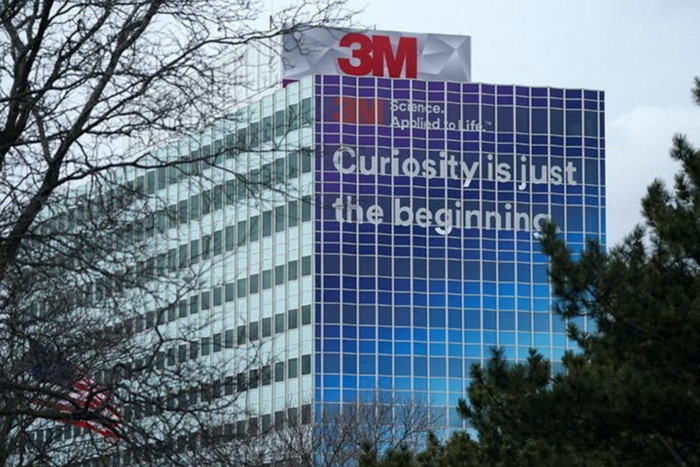

The strategy is best understood as a delaying tactic, says Levitin of Georgetown University. “Without the pressure of trials to focus the minds of executives, companies using these bankruptcy schemes can delay and engage in a breath-holding contest over settlements with claimants, many of whom, particularly in asbestos cases, are very sick.”
Even prominent critics of the MDL process, including Elizabeth Burch, a law professor at University of Georgia, have doubts about whether claims by defendants that their decisions to deploy bankruptcy schemes are motivated by a desire to provide a fairer outcome.
“Have defendants ever been concerned about speed or fairness for the plaintiffs? I think defendants are all about delay,” says Burch. “I think bankruptcy is qualitatively worse for the plaintiffs,” she adds, both in terms of delays and compensation.
And for some claimants the prospect of not getting the chance to have a trial before a jury is upsetting.
“There are very few ways as a citizen in the US that you can hold a company to account and this is one of the ways,” says Frei, who still serves with the rank of captain in the reserve National Guard.
“If they can get away with it, then other companies are going to think well, you know, I can just hurt people and it doesn’t matter.”
Credit: Source link















